It’s normal for your check engine light to come on when you first start the car; it isn’t normal for it to stay on or flash.
There are times when you can drive with the light on and times when you shouldn’t.
Let’s find out just how long you can drive with the check engine light on.
Check Engine Light Explained
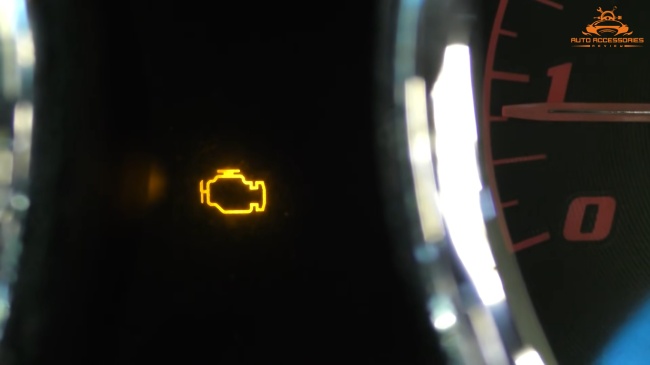
A computer system (engine control module or ECU has been set by the car’s manufacturer with codes that will cause a check engine light to trigger) controls your car and can diagnose what is wrong with the vehicle.
When this system can’t figure out the problem, your check engine light (malfunction Indicator Light or MIL) comes on, alerting you that an emissions problem needs looking into.
You can drive with an orange check engine light for some issues but for others, you should not drive your until you have the problem fixed.
My Check Engine Light Is On, Now What Do I Do?
Emissions equipment issues
Checking the gas cap should be the first thing you check. If your gas cap is loose or has a crack, it will cause gas vapor to escape, and the check engine light will come on.
Air/fuel delivery issues
If you have a malfunctioning oxygen sensor, your car uses more gas and creates more emissions that will trigger the oxygen sensor light to come on.
This is not a critical issue but needs to be checked soon.
Catalytic converter issues
If the check engine light is blinking, Stop the car and do not drive. Your catalytic convert turns your engine’s carbon monoxide into non-lethal gases.
Catalytic converters are expensive and driving the car with a catalytic convertor problem will cause significant damage to the car.
Engine issues
Bad spark plugs will keep your engine from sparking when starting the engine.
Sparks are blocked by sooty plugs, poorly gapped or worn out plugs, needing to be cleaned or replaced. This is a straightforward repair.
Your battery could also be the issue. An issue in your car’s electrical charging system could leave you stranded if the battery is dead.
Module or sensor issues
Your car runs on a mix of oxygen and gasoline; when the combination is not perfect, the mass airflow sensor is not working correctly.
Your check engine light comes on when the sensor detects the difference. Driving with this sensor on can affect your gas usage by 25%. Replacing this sensor is cheap; wasting money on gas is not!
Transmission issues
Leaking transmission fluid or LOW transmission fluid will trigger a check engine light.
Transmission fluid keeps the transmission lubricated, so it runs well. A lack of transmission fluid can cause costly repairs.
Ignition coil issues
Your engine starts with the ignition coil’s using electricity from its battery; this produces a spark used to get the pistons firing.
When the ignition coil is faulty (from wear and tear), it will cause the check engine light to come on.
What Happens to the Car When the Check Engine Light Is On?
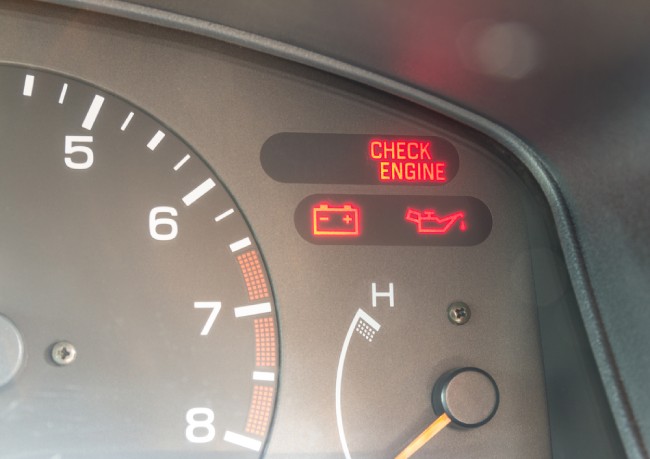
How it affects the car
A check engine light comes on when the onboard diagnostics system has found a problem it can’t fix on its own.
The check engine light comes on to tell you there is a problem and the diagnostic system saves the code for the issue so it can be read later and the problem can be fixed.
Check engine light
A Flashing check engine light means if you drive the car, you could damage the catalytic convertor. This repair is very costly… DO NOT DRIVE THE CAR!
A Solid check engine light says the issue has happened more than once. The car’s computer has stored the code. You can read the code and fix the car yourself if you have the code reader.
If you don’t have the code reader, have a local mechanic look into the problem.
Figuring out how long you can drive with the light on
If the check engine light is not flashing, you can drive for the car for a hundred miles without damaging the vehicle.
It takes a one-hundred-mile cycle for the sensor light to go off by itself if the car fixes the issue itself, maybe longer.
However, not knowing what’s causing the check engine light to stay on can compromise how your engine uses the fule and how the car drives. Always act safely and have the problem looked into when it happens.
If you are driving and the check engine light comes on and stays on for 5 -6 seconds, you should:
Stop your car
If the light is not blinking, you can continue to drive the car. If the light is flashing, pull the car to the side of the road or a safe area and turn the vehicle off.
Turn off the car and get out
After you pull the car over, get out of the vehicle and look at the all side of your ensure there are no problem you can see or smell (such as fumes or a burning smell.)
Diagnose the problem
Problem diagnosis can be done using an app. Many inexpensive apps can diagnose DIY issues on your car.
Use it to check out the check engine light code if you have an app. Some of these apps can also reset the code.
Auto parts stores usually have a code scanner and will do it for free if you purchase the parts there, to correct the problem.
Some stores will fix the easy problems for you (this is great for women and the elderly.)
Figuring out the problem
If your car has colored check engine lights (yellow means it could wait, red means an emergency; do not drive the car.)
While the car is still on, check to see if other lights are on, such as a gas or oil light.
Troubleshooting using scanning codes
Hook the code scanner up to your car using the scanner’s instructions. Run the car through the diagnostic routine, and a code (maybe two or three ) will come up.
Next, use the app that comes with your coder to diagnose why your check engine light is on.
Once you’ve used the app to get the code, you can get the parts to fix the issue or choose a mechanic who can resolve the issue for you.
How Safe Is It to Drive My Car When the Check Engine Light Is On?
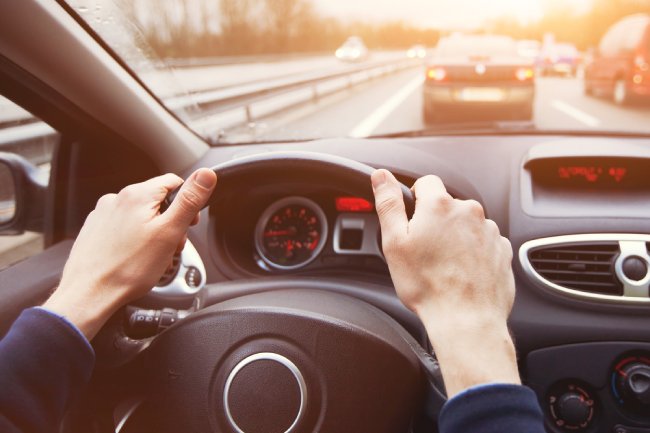
Preventing serious engine issues
Ignoring a check engine light that is blinking can lead to serious engine damage. The light warns you there is a problem, so get the problem looked into as soon as possible.
Although the problem could be very small, ignoring this can become more serious and expensive to fix.
Can this cause the car to overheat?
Yes! When your car overheats, it is crucial to get the engine off and cooled down before it damages the engine.
Pull over immediately and stop the vehicle.
Do not try to touch the engine at this time, It will lead to serious injury!
How to Drive With the Check Engine Light On
- Drive slowly. Pull over on the side of the road and turn the car off.
- Recheck the check engine light. Ensure there are no other warning lights lit up on the dashboard (oil light, gas light, etc.)
- With a light that is NOT flashing, you can drive the car for a short period.
- A flashing light means you do not drive the car.
Will the Light Go Out on Its Own?
If the vehicle can correct the problem on its own, the light can go off, and you don’t need to do anything else.
When light stays on, you need to have a mechanic look into the problem. The light will stay on until the issue (code) is fixed.
There are times when you fix the problem, and another issue comes up, and the light will come back on.
Don’t ignore this light; get it checked out as well.
The takeaway
Understanding what is happening and why, when your check engine light comes on will help you remain calm if your check engine light comes on.
Being ready for any auto situation will keep you safe and increase your car’s drivability.
If the check engine light comes on in the future, you will know what you should do!


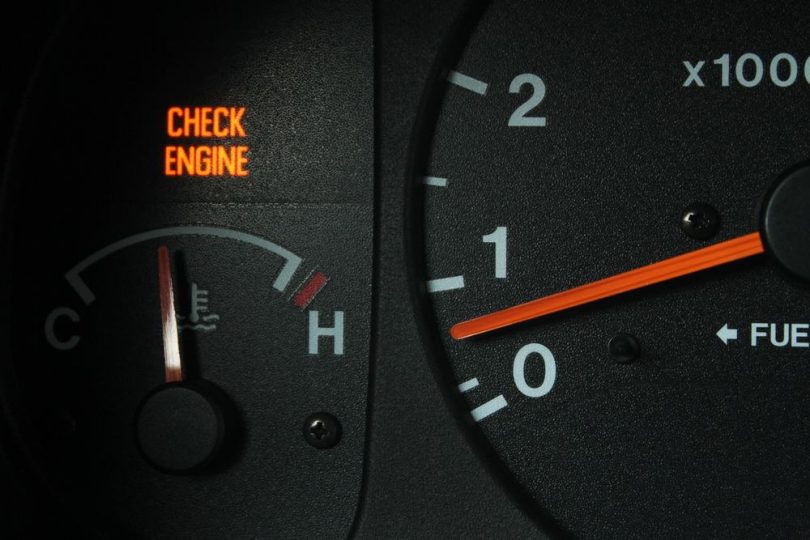
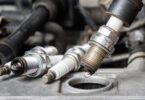
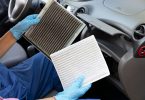


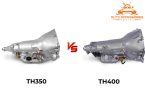


Leave a Comment